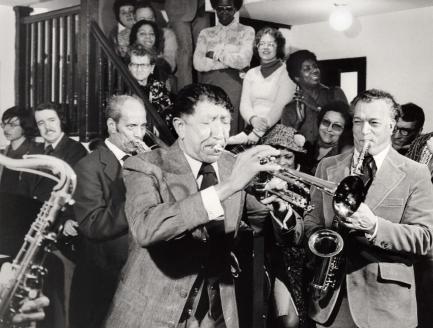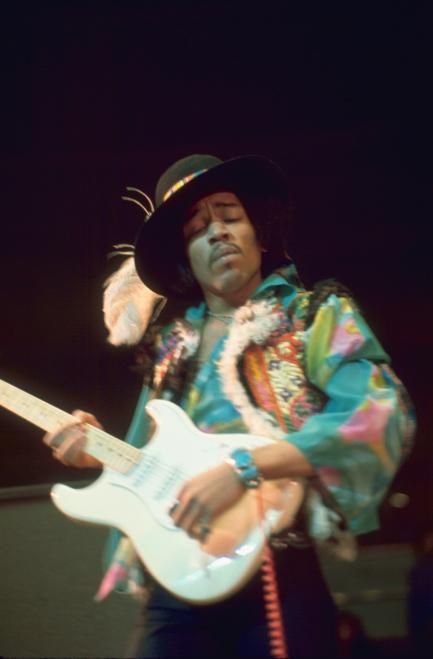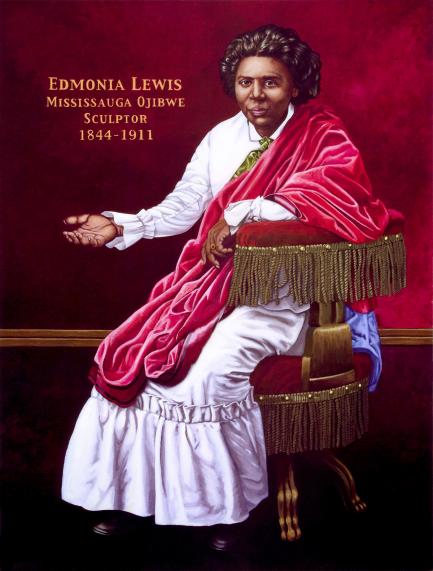National Museum of the American Indian Opens “IndiVisible” Exhibition
The Smithsonian’s National Museum of the American Indian opens a 20-panel banner exhibition, “IndiVisible: African-Native American Lives in the Americas,” focusing on the seldom-viewed history and complex lives of people of dual African American and Native American ancestry. Through the themes of policy, community, creative resistance and lifestyles, the exhibition includes stories of cultural integration and the struggle to define and preserve identity. The exhibition will be on view from Nov. 10 through May 31, 2010, in the second-floor Sealaska Gallery.
The exhibition addresses the racially motivated laws that have been forced upon Native, African American and mixed-heritage peoples since the time of Christopher Columbus. Since pre-colonial times, Native and African American peoples have built strong communities through intermarriage, unified efforts to preserve their land and by taking part in creative resistance. These communities developed constructive survival strategies over time, and several have regained economic sustainability through gaming in the 1980s. The daily cultural practices that define the African-Native American experience through food, language, writing, music, dance and the visual arts, will also be highlighted in the exhibition.
A 10-minute media piece is featured with interviews obtained during research and work on the exhibition with tribal communities across North America. Site work was conducted in Mashpee, Mass., with the Mashpee Wampanoag community, in Los Angeles with the Creek and Garifuna communities, with the Cherokee Nation in Tahlequah, Okla., and at the Tutelo Homecoming Festival in Ithaca, N.Y., which welcomed the Cayuga, Tutelo and Saponi Indian Nations.
“The topic of African-Native Americans is one that touches a great number of individuals through family histories, tribal histories and personal identities,” said Kevin Gover (Pawnee), director of the museum. “We find commonalities in our shared past of genocide and in the alienation from our ancestral homelands, and it acknowledges the strength and resilience we recognize in one another today.”
“The National Museum of African American History and Culture is proud to have contributed to this important and thoughtful exhibition,” said museum director Lonnie Bunch. “African American oral tradition is full of stories about ‘Black Indians,’ with many black families claiming Indian blood. However, there have been few scholarly treatments of this subject which, in the end, expresses the basic human desire of belonging.”
The exhibition was curated by leading scholars, educators and community leaders, including Gabrielle Tayac (Piscataway), Robert Keith Collins (African-Choctaw descent), Angela Gonzales (Hopi), Judy Kertèsz, Penny Gamble-Williams (Chappaquiddick Wampanoag) and Thunder Williams (Afro-Carib).
The accompanying exhibition book, “IndiVisible: African-Native American Lives in the Americas,” edited by Tayac, features 27 essays from authors across the hemisphere sharing first-person accounts of struggle, adaptation and survival and examines such diverse subjects as contemporary art, the Cherokee Freedmen issue and the evolution of jazz and blues. The richly illustrated 256-page book is available in Smithsonian museum stores and through the Bookshop section of the museum’s Web site at www.AmericanIndian.si.edu/bookshop.
Following the “IndiVisible” exhibition run in Washington, D.C., three copies of the exhibition will tour nationwide. The Smithsonian Institution Traveling Exhibition Service (SITES) has venues booked through March 2012. The National Museum of the American Indian will tour English and Spanish language copies to Native museums, cultural centers and other locations.
The exhibition is produced in collaboration with the National Museum of African American History and Culture and SITES. Support for the exhibition was provided by the Akaloa Resource Foundation and the Latino Initiatives Pool, administered by the Smithsonian Latino Center.
# # #
SI-491-2009




